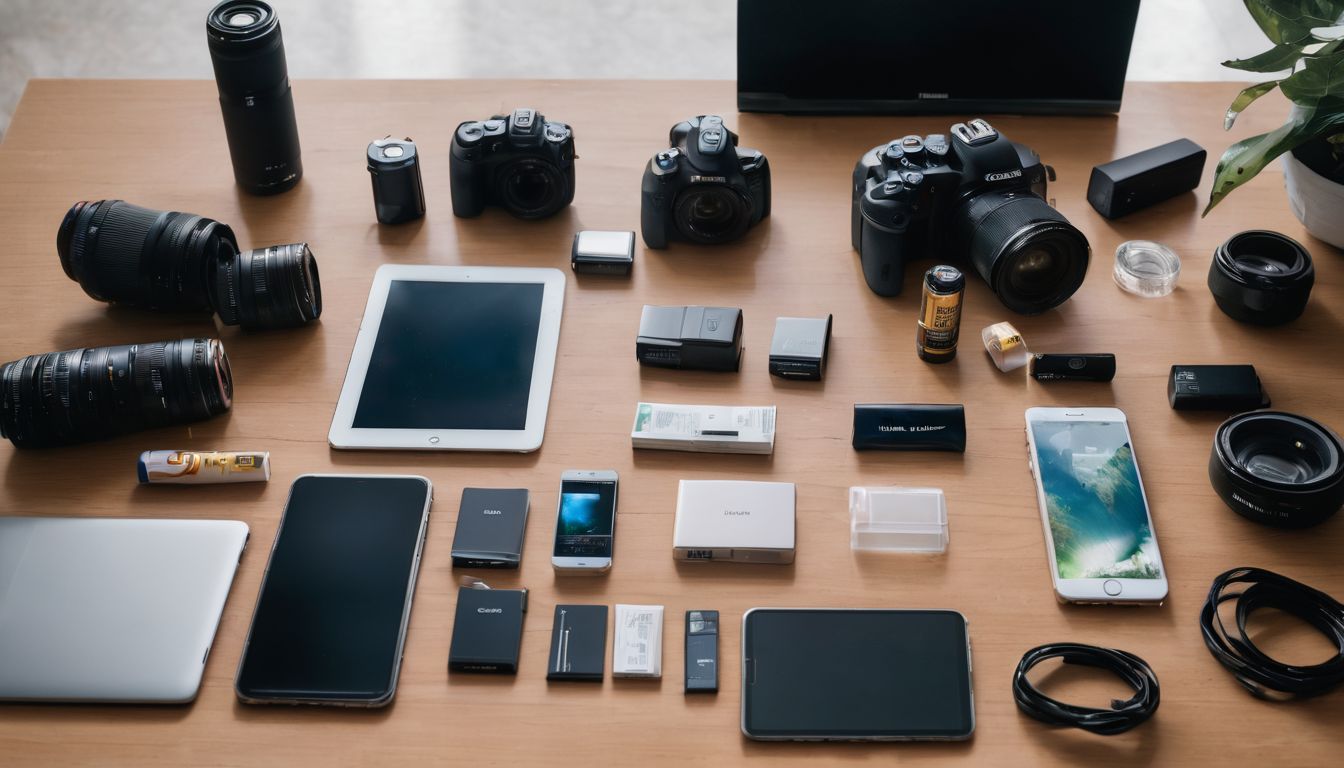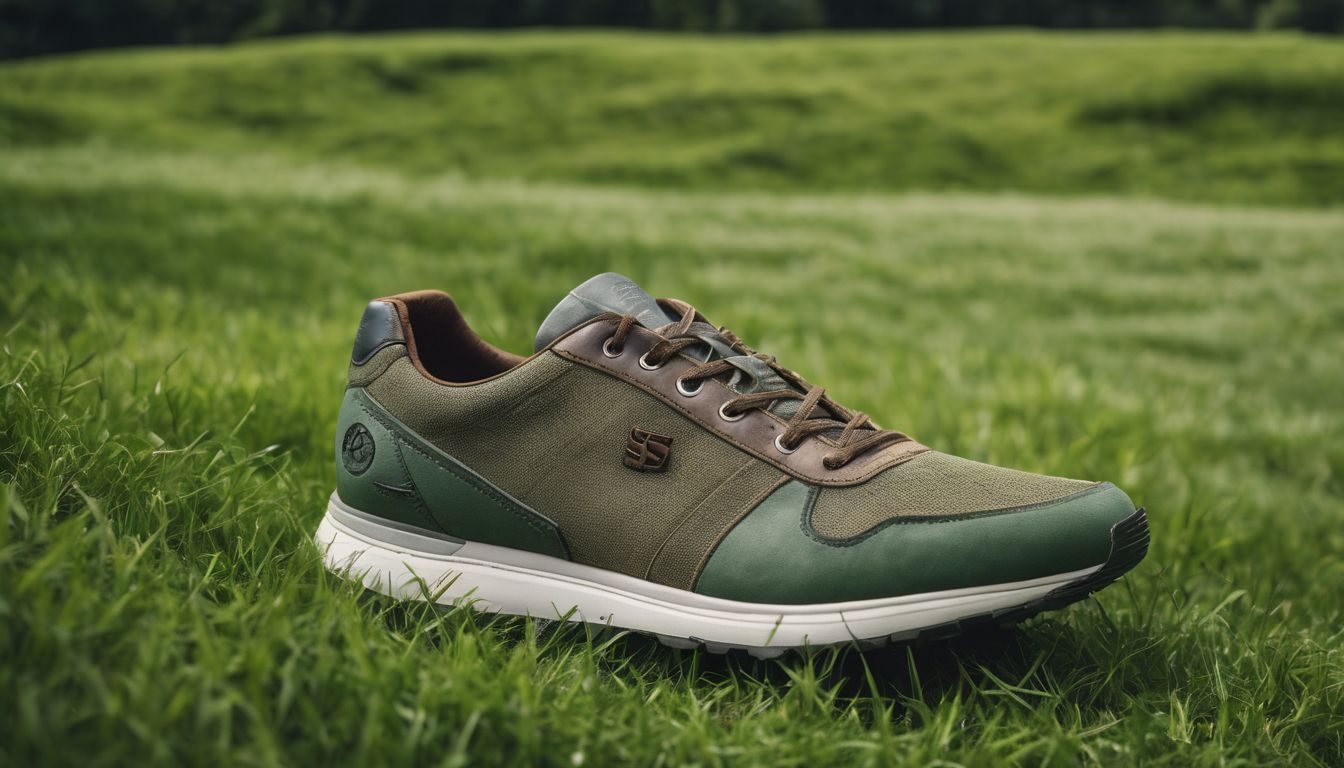People often cite convenience, health concerns, and safety as reasons to drink bottled water. However, recent studies suggest that bottled water is no safer or healthier than tap water. In fact, bottles that are packaged as “purified” or “drinking water” most likely came from a municipal water system.1 With a reusable water bottle you don’t have to sacrifice the on-the-go convenience of bottled water and you can help reduce the negative impact that the bottled water industry has on the environment!
BENEFITS for the Environment:
The most commonly used plastic in the production of plastic bottles is petroleum-based polyethylene terephthalate (PET). Manufacturing these bottles requires an estimated 47 million gallons of oil each year.2 In fact, in the United States alone, 1.5 million barrels of oil are used annually in the production of plastic bottles. That’s enough to fuel 100,000 cars for one year!3
In addition, the water intended for bottling is often routed away from its natural source, removing it from areas where citizens and farmers rely on for their livelihood. In Michigan, Nestle was given a $9.6 milion tax break to set up shop while 20,000 citizens in Detroit had their water shut off because they weren’t able to pay their water bill and the state refused to provide a subsidy.4
The global distribution of bottled water creates yet another environmental hazard. The trucks, airplanes, and boats on which the water travels consume even more fossil fuels, while simultaneously causing air pollution and global warming. “The Earth Policy Institute estimates that the energy used to pump, process, transport and refrigerate bottled water is over 50 million barrels of oil annually”5
Although bottles made from PET are recyclable, only 29% of the 44 billion bottles used annually actually get recycled in the United States.6 We throw away enough plastic bottles each day that if you were to put them end to end you could start in New York and reach San Francisco and back again.7
BENEFITS for Your Wallet:
Compared to the very affordable price of tap water, your bottled water costs you a bundle – sometimes up to 10,000 times more than your tap water. If you think that number is staggering you may be surprised to know that gas is cheaper than a bottle of water. A 20 oz.bottle of Aquafina is priced at $1.79 at the grocery store, that’s before taxes and CRV, which comes out to 9 cents an ounce for filtered water. Compare that to the average price of gasoline in the U.S. at $3.61 a gallon,8 making gasoline 3 cents an ounce and you can see why many companies add bottled water to their product line. It is a $100 billion a year industry, even though for a fraction of that price, everybody in the world could enjoy safe and clean drinking water.
Those who enjoy the convenience of bottled water should consider buying a reusable water bottle that could prove to be even more convenient! Rather than lugging along multiple water bottles, you only need to carry one reusable bottle with you, which can be refilled as many times as you please.
BENEFITS for Your Health:
Most people believe that bottled water is healthier for you than tap water, but the opposite is often true. Tap water is rigorously tested by local, state, and federal environmental agencies.
On the other hand, bottled water is regulated only by the FDA, which means that companies are often left to regulate themselves.9 The World Health Organization (WHO) warns that because bottled water is often stored for long periods of time, it may eventually contain more micro-organisms than tap water. A study on bottled water conducted by the National Resource Defense Council revealed that one in every three samples contained contamination levels that exceeded allowable limits. In addition, bottled water is permitted to have limited amounts of E. coli and fecal coli forms, which may indicate contamination by fecal matter. Which may be because “FDA regulations do not prevent bottling companies from drawing water next to industrial sites, underground storage tanks, or dumps.”10
The occurrence of microorganisms in bottled water can become a concern for sensitive groups such as pregnant women, the elderly and infants. The WHO even recommends that bottled water should be boiled and sterilized before using it in infant formula to feed infants.
Cost: Low
You’ll actually be saving money! Bottled water is a $100 billion a year industry and consumers can pay up to $10 per gallon for bottled water. Bottled water can be more expensive than gasoline; and why pay so much for bottled water when safe and reliable drinking water is available virtually for free from your faucet.
Time and effort: Low
This is one of the simplest things you can do to help conserve resources.
Instructions:
- Buy a reusable water bottle at your favorite store. See below for some different options that are available to you.
- Fill it up with water from your tap, and if you want to keep it cooler, add some ice.
- If you live in an urban area and are concerned about the purity of your local tap water, you may want to invest in a water filtration product. Both PUR and Brita offer filtering products that effectively eliminate lead, chlorine, mercury and copper from tap water. The result is a great tasting glass of water every time!
- Wash your bottle often using warm, soapy water. “Then, fill one-fifth of the bottle with white vinegar and the rest with water and allow it to sit overnight”.11 This will keep your mouth and hands from leaving bacterial residue that can build up. Check out this article for more tips on how to clean your bottle.
Different Types of Reusable Bottles:
13Eastman Tritan™ copolyester: Known for being lightweight and durable, bottles of this material are one of the most popular choices. Able to withstand high heat and extreme cold, these bottles can go anywhere. This new plastic has replaced polycarbonate as the standard for housewares applications and is made without BPA.12 You can read more about this new copolyester here.
Where to find:
Nalgene
New Wave Enviro
In the past couple of years, there has been some concern surrounding the chemical Biosphenal a seeping from polycarbonate containers and the effects that may have on our health. While many still continue to use and purchase these bottles, you should be aware of the issue.
What is Bisphenol A (BPA)? A key component of polycarbonate plastics, this chemical is known to be an endocrine-disruptor. It has been associated with miscarriages, breast cancer and uterine cancer in women and decreased levels of testosterone in men. BPA has also been linked to the incidence of Type 2 diabetes.
What is the problem? It is pretty much agreed that BPA leaches from polycarbonate bottles into your water. However, no one is sure whether or not the amounts are significant enough to be harmful. While the FDA has not banned the use of BPA because research results have been found to be inconclusive, in 2006 Europe and San Francisco banned its use in products used by children who are three years of age and younger. There has not been a definitive study involving humans to determine the effects of BPA, so it’s up to you to decide whether to use polycarbonate bottles or not.
Where do I find more information to decide? To find out more about BPA, here are some useful links:
Our Stolen Future
Plastics Info
Stainless Steel: Made from the same stainless steel used for food preparation and brewing, these bottles are non-toxic and don’t seep any chemicals into the liquids that they contain. They are lightweight and can be expected to last for years. When they do finally wear out, though, they are 100% recyclable!
Where to find:
Klean Kanteen
Guyot Designs
Reusablebags.com
14Sigg Bottles: Named in Backpacker magazine as “The World’s Toughest Water Bottle,” these bottles are sturdier than their competitors. Not only that, they are also lighter in weight. Constructed from pure aluminum and lined with a 0% leaching, non-toxic liner, these bottles come in a variety of styles to suit any style. When it comes time for a replacement, don’t forget to recycle!
Where to find:
Sigg USA
New Wave Enviro offers a corn resin based plastic bottle with a built-in filter. It is similar to PET, but this version biodegrades in 80 days!
Where to find:
Nalgene
New Wave Enviro
Other Plastics:
| Polyethylene terephthalate (PET or PETE) | GOOD: Not known to leach any chemicals that are suspected of causing cancer or disrupting hormones | Used to make soft drink, water, sports drink, ketchup, and salad dressing bottles, and peanut butter, pickle, jelly and jam jars. |
| High density polyethylene (HDPE) | GOOD: Not known to leach any chemicals that are suspected of causing cancer or disrupting hormones. | Milk, water, and juice bottles, yogurt and margarine tubs, cereal box liners, and grocery, trash, and retail bags. |
| Low-density polyethylene (LDPE) | OK: Not known to leach any chemicals that are suspected of causing cancer or disrupting hormones, but not as widely recycled as #1 or #2. | Some bread and frozen food bags and squeezable bottles. |
| Polypropylene (PP) | OK: Hazardous during production, but not known to leach any chemicals that are suspected of causing cancer or disrupting hormones. Not as widely recycled as #1 and #2. | Some ketchup bottles and yogurt and margarine tubs. |
| Polystyrene (PS) | BAD: Benzene (material used in production) is a known human carcinogen. Butadiene and styrene (the basic building block of the plastic) are suspected carcinogens. Energy intensive and poor recycling. | Foam insulation and also for hard applications (e.g. cups, some toys) |
| Other (usually polycarbonate) | BAD: Made with biphenyl-A, a chemical invented in the 1930s in search for synthetic estrogens.N A hormone disruptor. Simulates the action of estrogen when tested in human breast cancer studies. Can leach into food as product ages. | Baby bottles, microwave ovenware, eating utensils, plastic coating for metal cans |
| Polyvinyl chloride (V or PVC) | BAD: To soften into its flexible form, manufacturers add “plasticizers” during production. Traces of these chemicals can leach out of PVC when in contact with foods. According to the National Institutes of Health, di-2-ethylhexyl phthalate (DEHP), commonly found in PVC, is a suspected human carcinogen. | Most cling-wrapped meats, cheeses, and other foods sold in delicatessens and groceries are wrapped in PVC. |
15
Reusing Single-Use PET bottles: Polyethylene terephthalate (PET)is the plastic polymer most commonly used by the bottled water industry to make their bottles. Reusing PET bottled is not recommended. All though it seems like an eco-sensible thing to do, it may be harmful to your health! Along with the possibility that DEHA and DEHP could seep into your water, there is also a bacterial risk. This is because most water bottles are shaped in a way that makes them difficult to clean, which could lead to the buildup of bacteria. If you do decide to reuse, be sure to clean your bottle thoroughly with soap and warm water. The best idea, though, is to recycle any single-use bottles you may still have and purchase a bottle that is intended for reuse.




